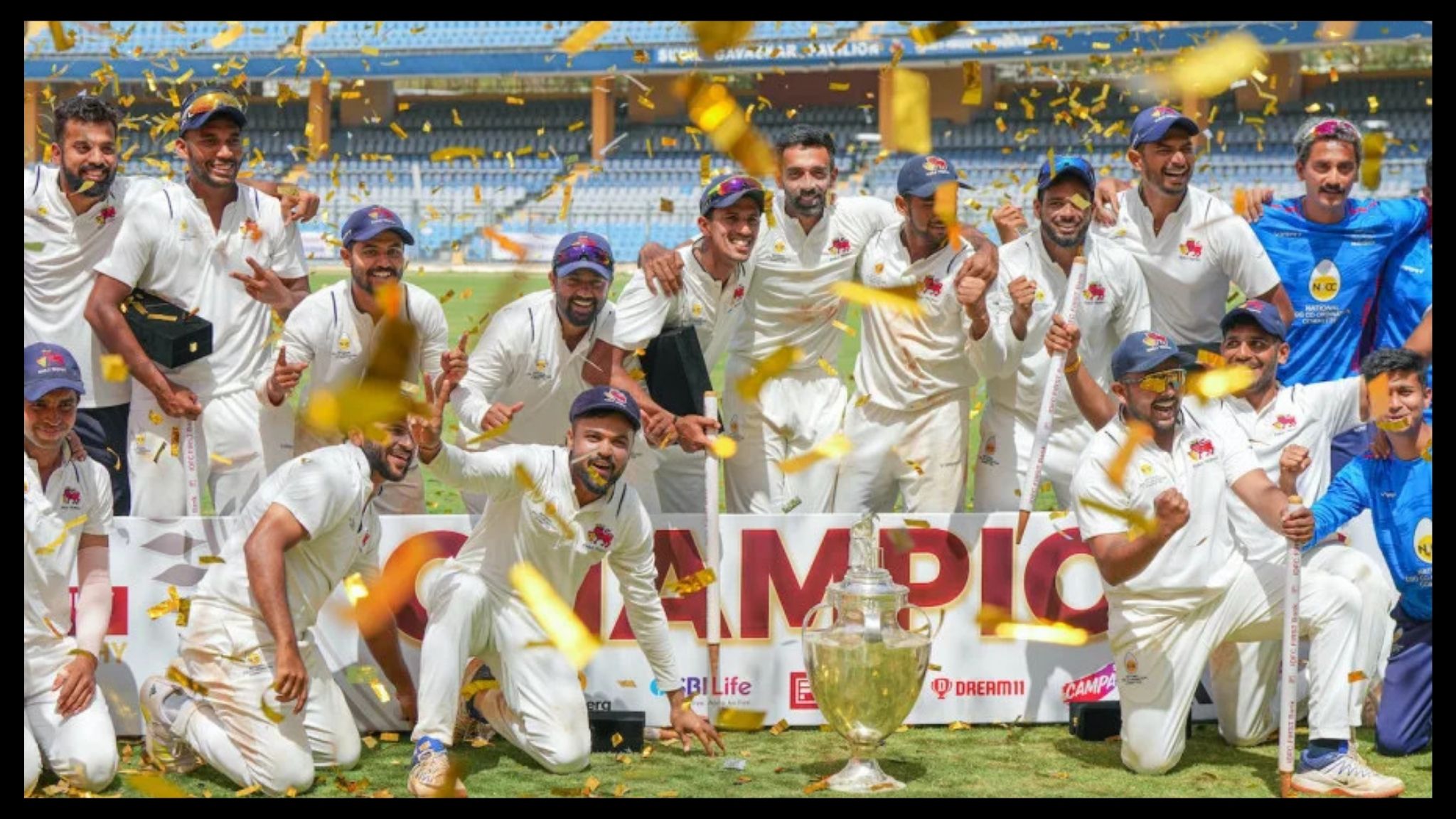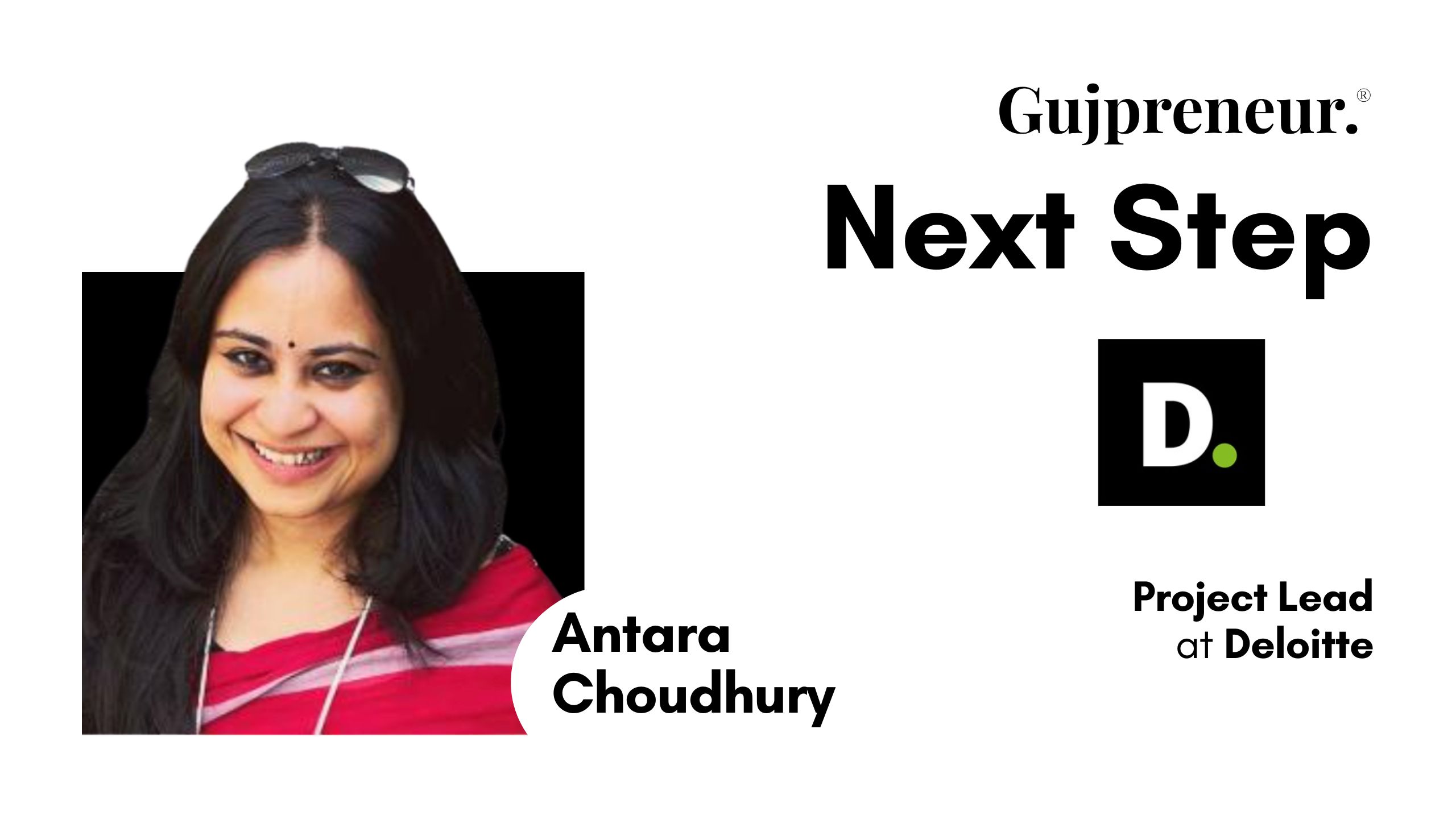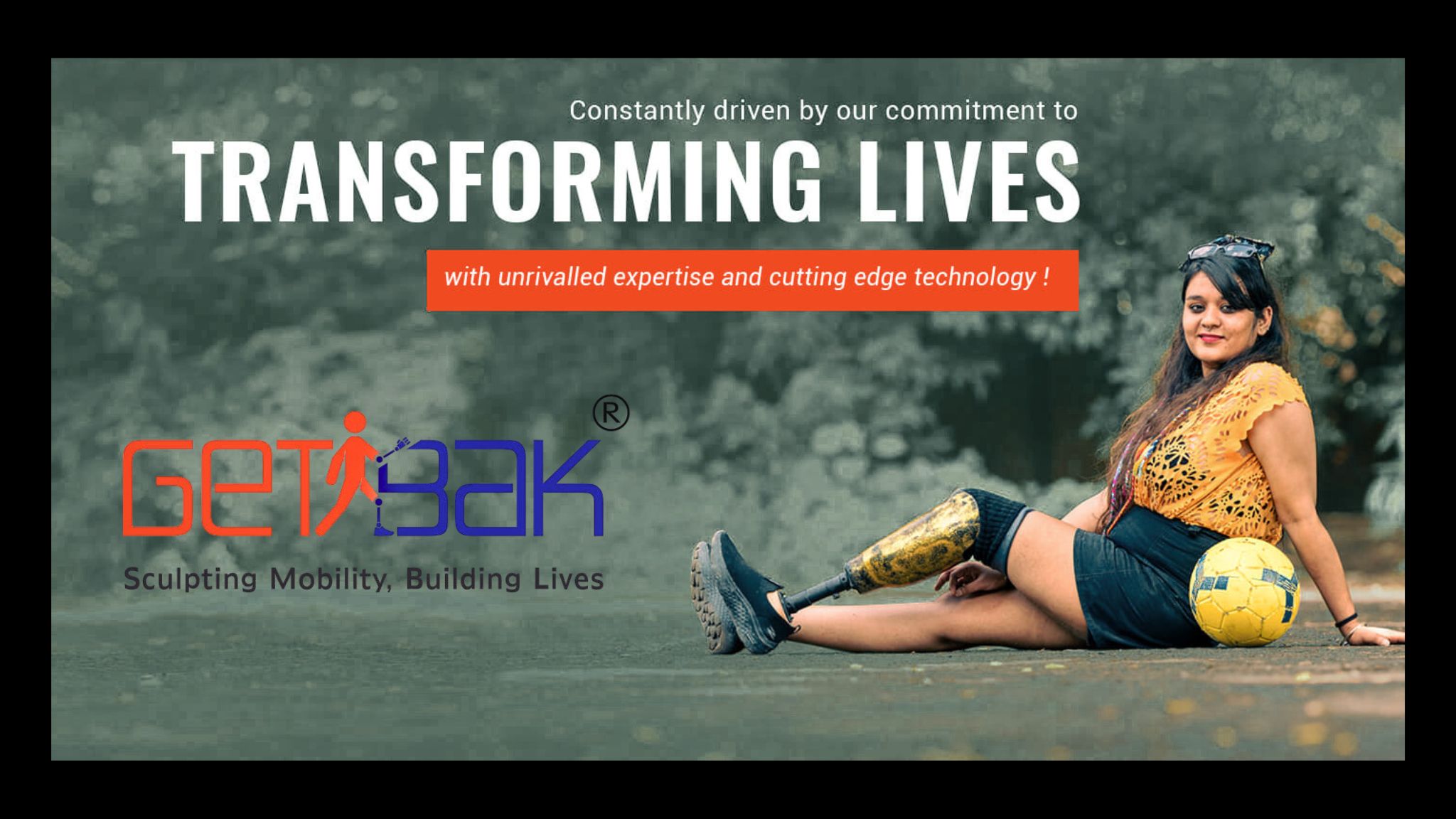Language develops with society, and in Gujarat, this transformation is unfolding attractively. The growth of Gujlish, a conversational blend of Gujarati and English, has diverged significantly from traditional forms of conversation.
Gujlish is shaping entrepreneurship, branding, media, and identity for modern Gujaratis. It’s a reflection of not just the way we express ourselves but also how we believe, sell, and connect in a fast-changing world.
From a startup in Ahmedabad, inviting investors to D2C brands, creating a unique Instagram campaign, and making relevant dialogue, Gujlish is continuing to be a part of our Heritage.
Gujlish has become the bridge between practice and modernism.
“જ્યાં જ્યાં વસે એક ગુજરાતી, ત્યાં ત્યાં સદાકાળ ગુજરાત”.
This famous line, by the poet Ardeshir Faramji Khabardar,” Beautifully conveys, “Wherever a Gujarati resides, there is eternal Gujarat.”
What is Gujlish?
Gujish means a blend of English and Gujarati words called Gujlish. Nowadays, people are using more English in Gujarati. Mostly, they used “vibe nathi aavti”, “morning ma kahu”, and other old quotes replaced in Gujlish.
Gujlish as a Cultural Connector
At its heart, Gujlish is about spread, not replacement. It allows Gujaratis to keep societal pride while accepting aspirational modernity.
In daily life, a person might say “Kem cho?” “All good, bro.” The one sentence can change the whole corporate meeting shift, naturally from English comfort to Gujarati professional language.
On social media, influencers post captions like “Aaje mood full on mast” on Instagram to engage followers authentically.
In Entertainment: Stand-up comedians and YouTubers used Gujlish to attract the younger audiences without losing the Gujarati flavour.
This mixed-language link generates and accepts traditional Gujarati values to stay whole global aspirations.
Why Do Businesses, Filmmakers, and Entrepreneurs Accept Gujlish?
Marketing boundary: Keen Gujarati feels rooted but may sound too orthodox; only English risks being arrogant. Gujlish hits the sweet mark, modern yet close.
Startups & tonality: Young founders often pitch in Gujlish, shifting Gujarati for emotional storytelling and English for practical clarity.
Client Trust: From fashion brands to fintech startups, Gujlish slogans resonate better with target audiences.
The Ahmedabad-based food brands. Their fun-loving taglines like “Taste ma Gujarati touch with modern crunch” grab attention. It’s a marketing strategy that feels reliable, not enforced. Amul can be considered one such brand which represents both the traditional and modern identity of Gujarat.
But Jain’s impact goes further.
His production house produced the movie “Wrong Side Raju (2016), which became India’s official entry to the Oscars and gave an insight into Gujarati cinema on the global platform. His achievement works as a blueprint for young entrepreneurs: appear relatable while speaking in the language of your audience.
Gujlish is not the attrition of Gujarati; it is its evolution. It stands for a culture that prohibits being boxed in, proudly traditional yet unafraid to innovate. Whether through Abhishek Jain’s globally empowering films, Krishnadev Yagnik’s movie Vansh, or Bollywood-adapted “Shaitan” movie thrillers, or one of the brands using quirky Gujlish taglines, this hybrid language is shaping Gujarat’s modern identity.
For entrepreneurs, the path is clear: indicate the language of your people, innovate within your culture, and your story can travel the world.
Cinema ni Navi Bhasha – Abhishek Jain

Abhishek Jain
If business is Gujarat’s hustle, cinema is its heartbeat. Abhishek Jain, founder of CineMan Productions, went into the heart with films like Kevi Rite Jaish and Bey Yaar.
What made them different?
The dialogues in the film are neither old-school Gujarati nor inelastic English, but pure Gujlish, the way youngish Gujaratis actually talk.
“Everything I learnt about films came from film school, but everything I create comes from Gujarati culture.”
– Abhishek Jain.
By embracing Gujlish, Jain didn’t just tell stories; he made an entire generation see themselves on screen. Bey Yaar ran for 50 weeks in theatres and even travelled to international film festivals, proving that Gujlish is Gujarat’s cinematic USP.
Lesson from Abhisek Jain: Relatability sells. Speak in your customer’s tone, not in a textbook voice.
Global Trade, Local Connect Paresh Solanki, Online Exim Solution
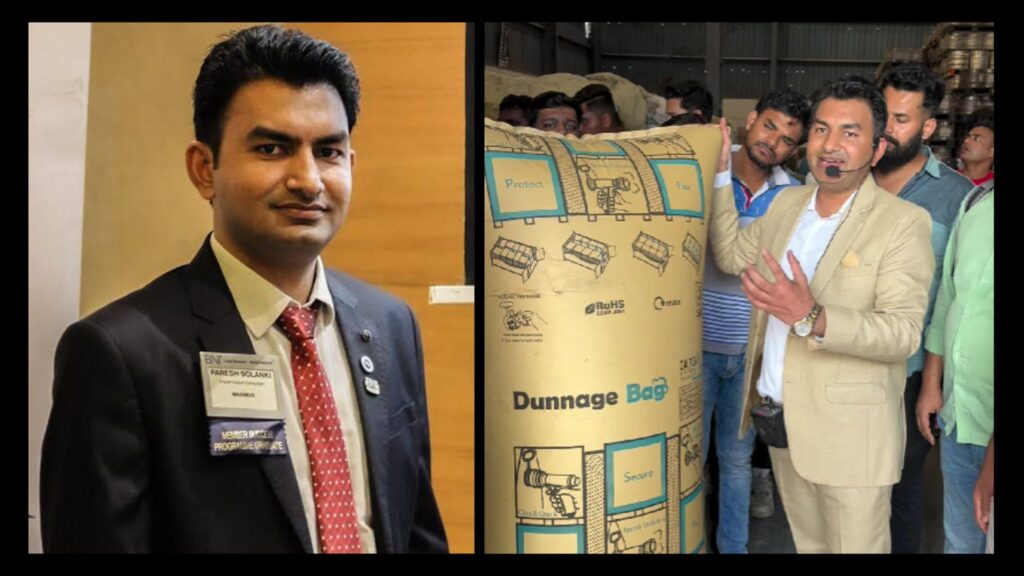
To see how Gujlish works beyond lifestyle brands, we turn to Paresh Solanki, founder of Online Exim Solution, a platform that mentors thousands of Gujaratis in the import–export business. From Ahmedabad to the world, the Dhandho of Paresh Solanki started his startup in 2016 in Ahmedabad.
For Solanki, Gujlish is not slang; it’s a business strategy.
Q: When you train new exporters, which language do you use?
“Technical terms like LC, FOB, or compliance have to be in English. But when I explain trust, negotiation, or risk, I naturally switch to Gujarati. Sometimes, it becomes Gujlish. That’s when students connect the most.”
Why is Gujlish trending in business?
“It reflects who we are. Gujaratis think global but stay local. Gujlish is the perfect mirror of that mindset.”
His insight captures the power of Gujlish:
- English provides clarity in global trade.
- Gujarati builds warmth and trust.
- Gujlish sits in between, creating accessibility and relatability.
Lesson from Paresh Solanki:
Global business runs on English paperwork, but deals are often sealed with a Gujarati heart. Gujlish is the bridge. The inspirational story of the small-town man started this.
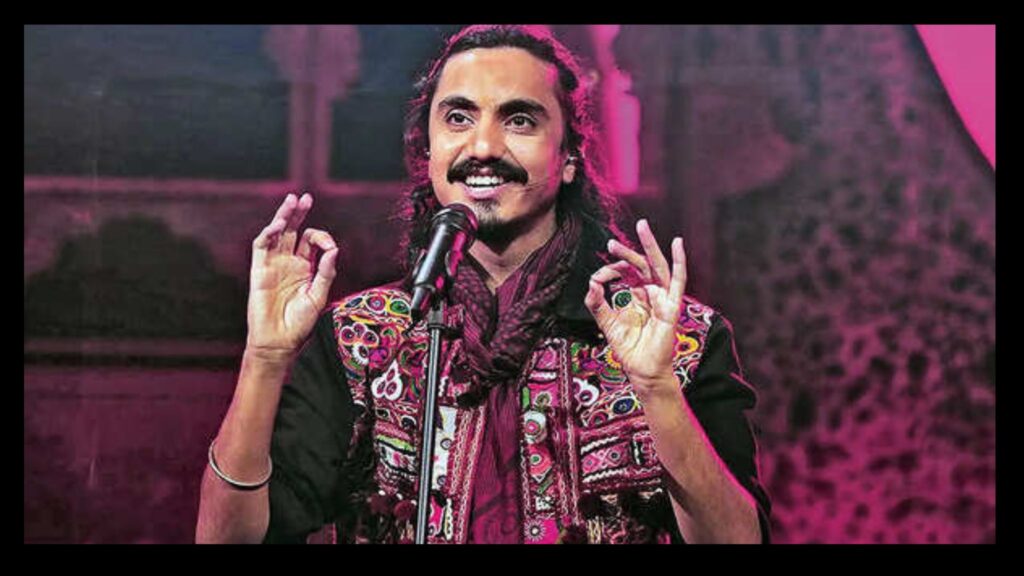
Aditya Gadhvi, a Gujarati singer’s famous song “Albeli Matwali Maiyya”, was nominated for 68 Grammy awards and received much appreciation from the jury of the Grammy Awards this year.
Conclusion
The relationship between Gujarati children and their native language is significant. Many Gujarati parents prioritise English medium schools, which can lead to the perception that Gujarati mainly influences their children’s thinking in their mother tongue. Additionally, the lack of updates to Gujarati dictionaries in recent years offers an opportunity to explore the impact of foreign words on Gujarati expression. For more Gujlish updates, stay connected
Stay connected with Gujpreneur for more inspiration and updates from the world of entrepreneurs.



